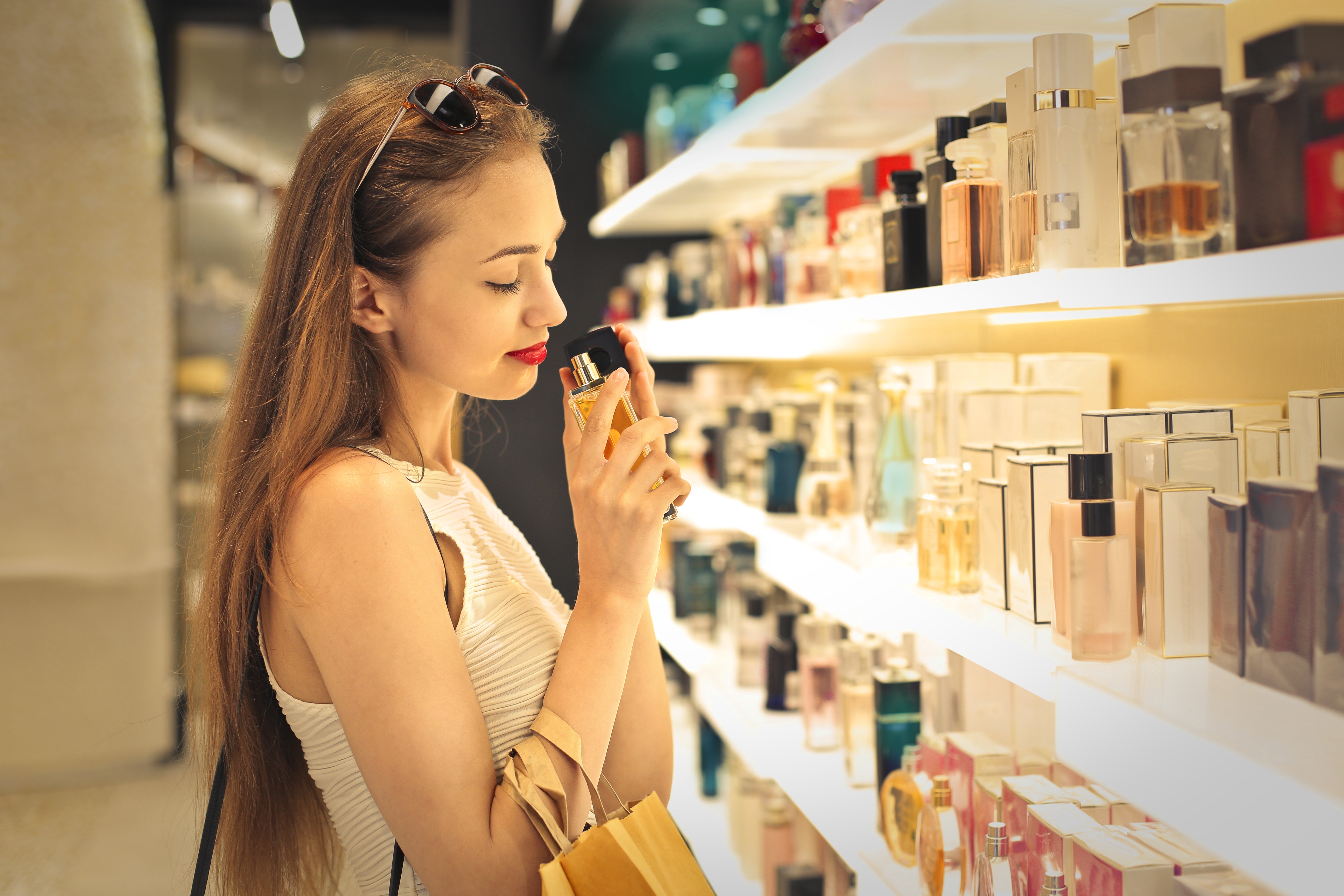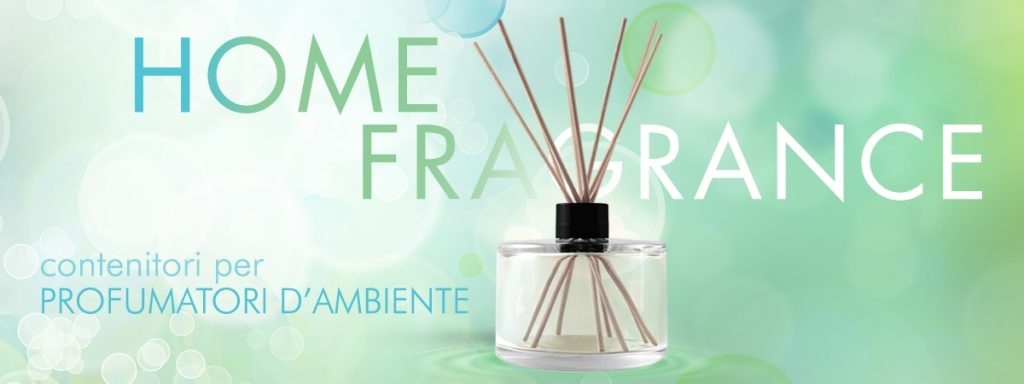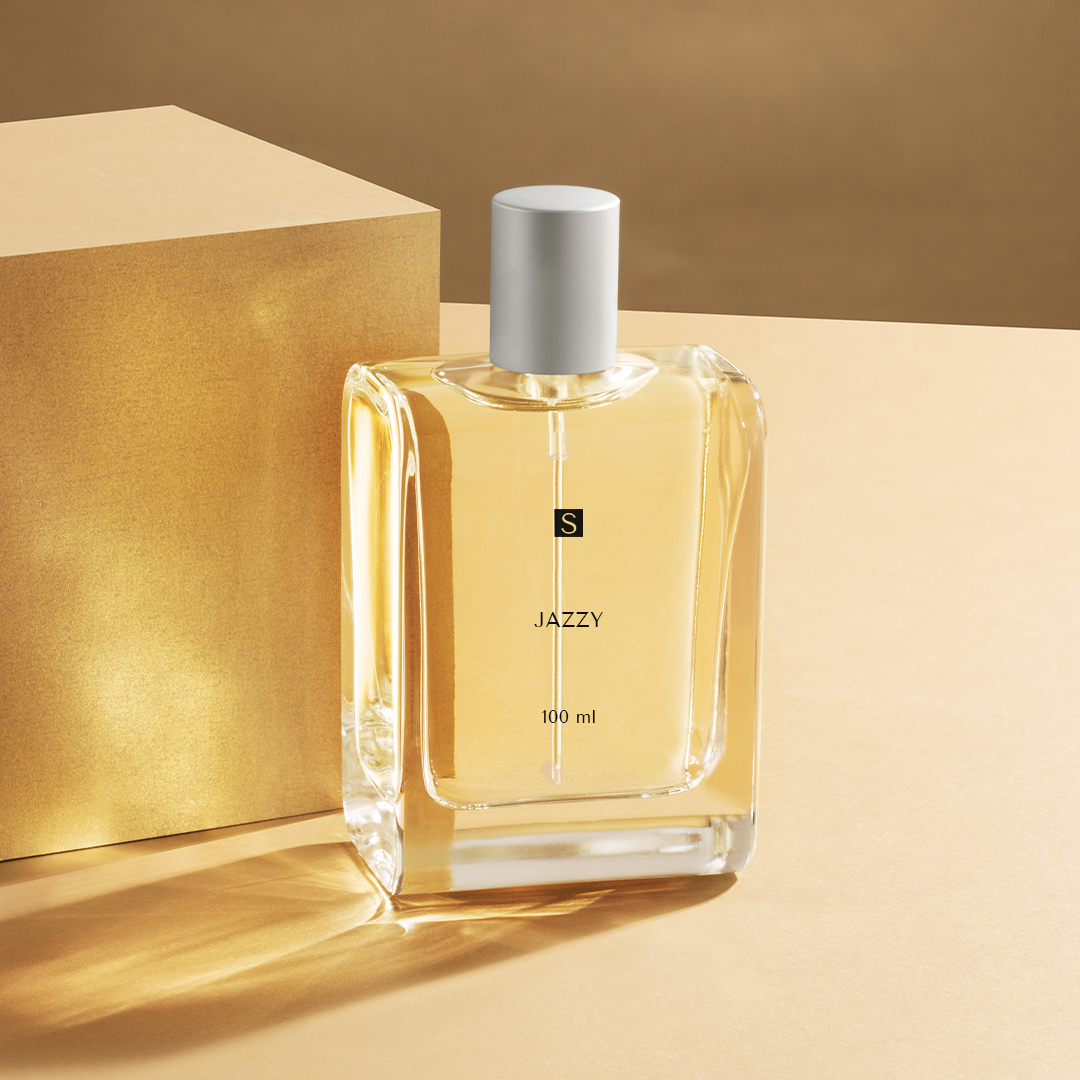Imagine when we smell the aroma of freshly baked bread or the clean smell of the laundry: the scent immediately triggers a series of emotions and our mind activates mechanisms of memory that generate actions apparently unconscious as could be a purchase or simply a state of mind.
Olfactory marketing is a special branch of sensory marketing that studies and uses the enormous potential of fragrances as a form of communication: it is based mainly on the memory and use of particular ambient fragrances designed with the aim of awakening emotions in people, acting positively on mood and thus influencing the purchasing behaviour of customers.

Olfactory marketing uses fragrances to improve the store experience, make it memorable and increase store sales.
Like all other forms of sensory marketing, it is increasingly used by brands, whether large or small: understanding how it works and exploiting the power of olfactory marketing is increasingly important, especially for those involved in retail.
Olfactory marketing: how we process perfumes
Also known as scent marketing, olfactory marketing is part of sensory marketing strategies that play on the experiential dimension of buying behavior and the ability to evoke emotions in consumers by directly leveraging their senses.
To understand if and why the perfume in a store is able to increase sales or improve the brand experience, we need to ask ourselves what are fragrances and how they are processed by the human brain.

According to Richard Axel and Linda Buck, Nobel Prize winners in medicine in 2004, the human memory can remember 10,000 odors but only 200 different colors and the neurons responsible for the sense of smell are among those that are most frequently renewed to allow our olfactory memory to remain intact. The perfumes are in fact processed by our limbic system, where the structures dedicated to memory exist. That is why perfumes are not only easier to record, but also more closely related to memories.
Olfactory marketing plays on this: the ability of a perfume to recall moments already experienced in the past and replicate a feeling. Moreover, the sense of smell is based on the stimulus-response mechanism, which means that each odour is immediately followed by a reaction at a behavioural level: this explains why a good or bad smell can influence our actions and therefore our purchasing behaviour.
Scent Marketing: the ambient fragrance in stores
There are countless researches on olfactory marketing according to which in-store perfumes would be able to increase sales by as much as 80%. A survey conducted by the American company Dunkin' Donuts explains that the smell of hot coffee would have increased the number of coffee purchases by three times. On the basis of these data, the large-scale retail trade also began to use olfactory marketing techniques: it did so by spreading fragrances that were in harmony with the products that attract the most attention of the customer, such as fresh bread, coffee and fruit, and by spreading them in the appropriate departments.

In-store perfume is one of those factors - such as lighting, furnishings and design - that contribute to creating a pleasant and welcoming environment. If there is a good perfume the consumer feels "welcomed, wrapped in a feeling of well-being that encourages him to buy, to stay in a place, leaving an indelible trace in each of us", as described in the book "Sensory Marketing".
There are many benefits of using fragrances in the in-store sales strategy: first, the consumer tends to stay more in store; second, a good smell in a store helps to create a positive memory of the shopping experience and becomes an incentive to replicate it, helping to build customer loyalty. It is above all the second reason to count: in a crucial historical moment that has been defined by many as the era of brand experience, the importance of multiplying the touch points between consumers and brands becomes of absolute importance.
This is why olfactory marketing acts effectively on the perception of the quality of the environment and on the brand awareness.
The Olfactory Logo: a new marketing frontier

If the company's trademark, defined by its logo, is the set of words, colours and images that allow to recognize and identify a brand, the same could be said of what is often defined as the olfactory logo.
In the past, many brands have unconsciously developed an olfactory logo, a sort of signature that allows consumers to recognize a particular brand/product immediately only by smelling its perfume. Some people interviewed during a research have associated the smell of vanillin not only with the product "talc for babies" but above all with the name "Borotalco" of the company that produces it. In France, the smell of cedar wood evokes 'Crayola coloured pencils' for people surveyed. This reveals how a common smell in different products automatically becomes the olfactory logo of the most sold brand in the collective unconscious.
The olfactory logo can be used on material supports (paper, textiles, leather, etc.), and can be spread in both in-store environments and during events.
The olfactory logo has the advantage over traditional advertising that it occupies the entire space and completely pervades the environment in which it is spread, inspiring emotions and reactions.
Olfactory marketing: some successful stories
There are many examples of companies that have included the benefits of olfactory marketing in their strategy: one of the first to discover the power of perfume in products was Procter & Gamble who decided to add the essence of lemon to dish detergent to emphasize its degreasing effect.

Many airline companies, such as Air France or Singapore Airlines, use special perfumes on board to make the cabin area more breathing and pleasant, places that are closed for many hours and occupied by many people or even in some cases they use fragrances that help relaxation to help those who are afraid to fly. The German automotive manufacturer BMW has developed a fragrance that is sprayed inside the cockpits of the cars that reminds the typical smell of brand new to make buyers feeling gratified.
In 2010 Abercrombie, which can be considered one of the brands that from the very beginning believed in olfactory marketing, received several criticisms. The reason? The perfume was sprayed so frequently that it was unpleasant, which aroused a lot of criticism from customers.
Olfactory marketing is therefore a strategy to consider in case you want to evoke feelings and atmospheres, but you should not be guided by personal tastes or even worse exaggerate. The strategy must always be aligned with the brand positioning and the values that are to be conveyed.
Samantha Goldworm, one of the most experienced personalities in the field of user experience and sensory marketing, clearly explains this concept when she says "In a sales environment, the perfume does not have to be strong. It should be almost imperceptible and make pleasant the memory of the sensation felt when you entered that shop, making the customer want to come back to feel good again."

Stocksmetic Packaging is the ideal partner for those who want to create their own line of fragrances for the ambience: the Home Fragrance line includes a selection of elegant glass or plastic bottles including capsules, rings and wooden sticks suitable for spreading the essences, but also glass candle holders of 90 or 250 ml, to meet the new trends for in-store fragrance.



